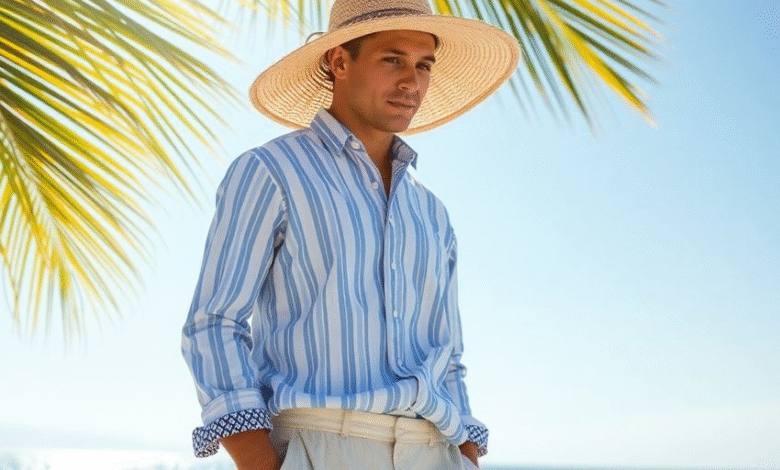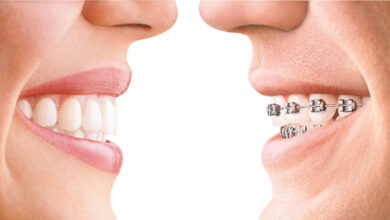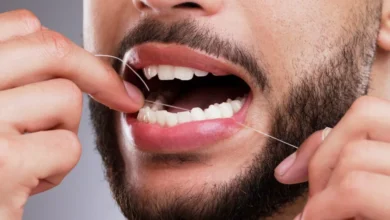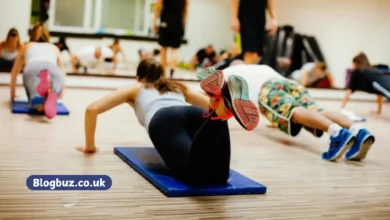How to Choose the Right Clothing for Maximum UV Protection

What UPF Measures
UPF, or Ultraviolet Protection Factor, indicates how much UV radiation a fabric blocks. It’s like SPF for sunscreen, but for clothes. A higher UPF rating means better protection.
Think of it this way: UPF 50 clothing allows only 1/50th of the sun’s UV rays to pass through. That’s just 2%. This helps reduce the risk of sunburn and long-term skin damage.
Sun protective clothing offers consistent protection, unlike sunscreen that needs reapplication. It’s a great way to stay safe in the sun.
Recognizing Trusted Certifications
Look for certifications from reputable organizations. These certifications ensure the clothing meets specific UPF standards. It’s a way to know you’re getting the protection you expect.
Some common certifications include those from organizations like the Skin Cancer Foundation. These groups test and verify the UPF ratings of fabrics. This gives consumers confidence in their purchase.
Choosing certified sun protection clothing is a smart move. It means the product has been tested and meets certain standards for UV protection.
Comparing UPF Ratings Across Brands
UPF ratings can vary between brands. Always check the label before buying. Don’t assume all clothing offers the same level of protection.
Some brands might use different testing methods. This can lead to slight variations in the reported UPF rating. It’s good to research and compare.
Consider these UPF ratings:
| UPF Rating | Protection Level |
| 15-24 | Good |
| 25-39 | Very Good |
| 40-50+ | Excellent |
Selecting Fabrics for Sun Protection Clothing
Tight Weave Versus Loose Weave
Fabric weave matters a lot. Tightly woven fabrics block more UV rays. Think of it like a shield; the denser, the better.
Loose weaves have bigger gaps. More sunlight gets through, reducing protection. So, go for the tight stuff when choosing sun protection clothing.
Fabric thickness is also a key factor.
Natural Versus Synthetic Fibers
Some fibers are naturally better at blocking UV rays. Cotton, linen, and hemp offer some protection. But it varies.
Synthetic fibers often perform better. Polyester, nylon, and acrylic can be treated for enhanced UV defense. They’re a solid choice for sun protection clothing.
Consider a blend for the best of both worlds. Comfort and protection combined.
Moisture Wicking and Breathability
Moisture-wicking fabrics keep you dry. This is important for comfort during outdoor activities. Nobody wants to feel sticky and gross.
Breathable fabrics allow air to circulate. This helps regulate body temperature. Overheating is no fun in the sun.
Look for fabrics that offer both moisture wicking and breathability. This ensures comfort and continued sun protection. Sun protective clothing should be comfortable enough to wear all day.
Evaluating Fit and Design for Sun Protection Clothing
Sleeve Length and Neckline Options
Sleeve length matters. Longer sleeves offer more coverage. Think about your activity.
Necklines are also key. Higher necklines shield more skin. Consider a mock neck for extra protection.
Ultimately, fit is important. It shouldn’t hinder movement.
Adjustable Closures and Ventilation
Adjustable closures are useful. Cinch cords and adjustable cuffs help customize fit. This keeps sun out.
Ventilation is important. Mesh panels and vents improve airflow. This prevents overheating.
Look for features that enhance comfort. Sun protection clothing should be wearable.
Balancing Coverage With Mobility
Coverage is important. More fabric means more protection. Don’t forget about sensitive areas.
Mobility is also key. You need to move freely. Choose designs that allow a full range of motion.
Finding the right balance is crucial. Sun protection clothing should not restrict your activities. Consider the design carefully.
Choosing Colors and Patterns for Sun Protection Clothing
Impact of Dark and Light Hues
Color matters when it comes to sun protection. Darker colors generally absorb more UV radiation. This means less UV reaches your skin.
Think black, navy, or even deep reds. These hues offer a better defense compared to lighter shades. Light colors reflect more UV, increasing your exposure.
So, when choosing sun protection clothing, consider darker options for enhanced defense.
Role of Printed Patterns in UV Blocking
Patterns can play a small role in UV protection. Densely printed patterns may offer slightly better protection. This is because more dye is present to absorb UV rays.
However, the base fabric is still the most important factor. A tightly woven fabric with any pattern is better than a loosely woven one, regardless of the print.
Consider patterns as a bonus, not the primary source of sun protection clothing.
Reflective and Heat-Reflecting Finishes
Some clothing features special finishes. These finishes can reflect both UV rays and heat. This helps keep you cooler and more protected.
Look for clothing marketed with heat-reflecting technology. These are often used in activewear and outdoor gear.
These finishes add another layer of defense in sun protection clothing, especially in hot conditions.
Integrating Accessories With Sun Protection Clothing
Wide Brim Hats and Face Shields
Hats are key. Wide-brimmed hats offer great protection. They shield the face, neck, and ears.
Face shields add another layer. They’re good for intense sun exposure. Think about using them during peak hours.
Consider a hat with a UPF rating. This ensures better sun defense. Don’t forget about face shields for extra coverage.
UV Blocking Eyewear Choices
Sunglasses are a must. They protect your eyes from UV rays. Look for 100% UV protection.
Wraparound styles offer more coverage. They block sunlight from the sides. This reduces glare and eye strain.
Don’t skimp on quality. Good sunglasses prevent long-term eye damage. UV blocking eyewear is a smart investment.
Protective Gloves and Neck Gaiters
Gloves protect hands. They’re useful for driving or gardening. Look for lightweight, breathable options.
Neck gaiters shield the neck. They can also cover the face. Choose gaiters with a high UPF rating.
Both accessories are versatile. They add extra sun defense. Consider them for full-body protection. Sun protective clothing is important.
Accessories boost sun protection. They cover often-missed areas. Think hands, neck, and eyes. These additions make a big difference.
Caring for Sun Protection Clothing to Preserve UV Defense
Proper Washing and Drying Methods
Taking care of your sun protection clothing is key. It keeps the UPF doing its job. Think of it as giving your gear a little love so it can keep protecting you.
- Wash in cold water.
- Use mild detergent.
- Skip the bleach and fabric softeners.
Heat can mess with the fabric’s UV defense. Air drying is your best bet. Tumble dry low only if you must.
Avoiding Abrasive Wear and Sun Damage
Rough surfaces are not your friend. They can wear down the fabric. This reduces the sun protection clothing’s effectiveness over time.
- Avoid rough surfaces.
- Don’t over-stretch the fabric.
- Be mindful of direct sunlight when not wearing the clothing.
Storage Practices to Maintain UPF
How you store your clothes matters. It can help keep the UPF intact. Think of it as giving your sun protection clothing a safe place to rest.
- Store in a cool, dry place.
- Avoid direct sunlight during storage.
- Fold or hang neatly to prevent unnecessary wear.
Conclusion
After covering fabrics, UPF ratings, fit, and extras, picking sun-safe clothes doesn’t feel like rocket science. They just need to look for tightly woven material with a UPF of 30 or higher and try on items that move with them. Darker or brighter colors help too, by soaking up more rays. Toss in a wide-brim hat and UV-blocking shades, and they’ve got another shield up. Sure, checking labels and fits takes a minute, but once they know the drill, shopping for sun gear becomes quick and worry-free. At the end of the day, their clothes will handle the sun so they can get back to enjoying the outdoors.




